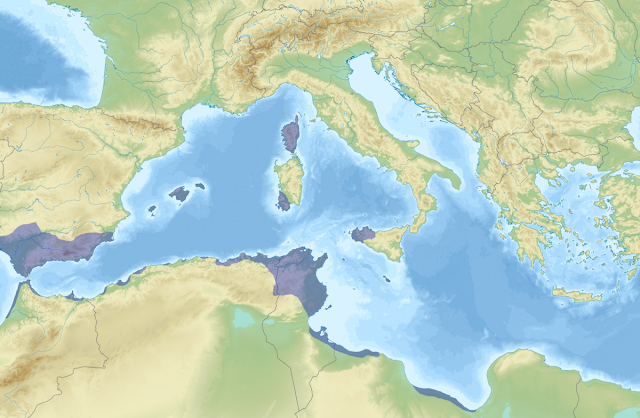Carthage
Carthage is one of the oldest historical cities overlooking the Mediterranean basin.
Carthage is located in Tunisia, fifteen kilometers from the Tunisian capital, Tunis.
It overlooks the waters of the Mediterranean Sea from the east, and it is surrounded from the west by Marsa, from the north by Sidi Bou Said, and from the south by El-Karm.
The city of Carthage is a historical tourist city that boasts a distinguished geographical location, a moderate climate, and historical monuments dating back to the Byzantine, Roman, and Phoenician civilizations that followed it.
History of the founding of the city of Carthage
The nucleus of the founding of Carthage
The city of Carthage was founded in 814 BC during the era of the Phoenician civilization.
Carthage means the modern city, and this modern city was founded by the Phoenician Princess Alissa Didon, as mentioned by the historical novels.
The story of the founding of Carthage begins with this Phoenician princess Didon, one of the princesses who was close to her brother Pygmalion, king of the Phoenician civilization, which was founded on the eastern side of the Mediterranean basin.
When a dispute broke out between the princess, who was loyal to her husband, and her brother, the king, she felt overwhelming oppression; Therefore, she fled from one of the cities of the Levant, and it is called Tyre, in Lebanon, to establish her own city in one of the countries of the Berber rulers at the time, that is, the western Mediterranean.
This princess succeeded in establishing her own city on a high hill in Tunisia called the Birsa plateau, and it is said that it means bull skin.
We mention about this princess that many stories and legends were told about this princess.
The beginning of the expansion of Carthage into an empire
Alyssa Didon was the founder and ruler of the city of Carthage. Since the beginning of the establishment of the city of Carthage, she has succeeded in expanding more in imposing hegemony and greater expansion on the surrounding areas of Carthage to impose its control over it.
Carthage became famous in the seventh century B.C. when new cities were established to follow this empire with a Phoenician tint that overcame the cultural symbols of residential landmarks, temples, and others.
The Carthaginian Empire stretched from the western Mediterranean to the coasts of Central Africa.
Carthage and the Roman Civilization
In the era of the Carthaginian Empire, there was the flourishing and powerful Roman Empire civilization that imposed its control over many countries near the Mediterranean Sea, whether in Asia, Europe and North Africa.
Because of the location of the city of Carthage on an important point on this sea, the great Rome invaded Carthage, and this city fell and became a Roman city in the second century BC after many invasions witnessed by this city.
We recall that Carthage passed through various eras that ended up being an Islamic city following the Islamic religion when Muslims made the Islamic conquests of the Maghreb countries during the period of the flourishing of Islamic civilization.
The most prominent cultural and historical landmarks that characterize Carthage are the Baths of Antoninus, which is dominated by the Roman character, include halls and domes dedicated to kings and the public, and also includes the Roman Amphitheater.
As well as the neighborhood of the Roman houses, the Roman theaters, the church of Damos Al-Karita, and the National Museum of Carthage, which includes archaeological holdings dating back to the Phoenician civilization, the Roman civilization, and the Islamic civilization.

